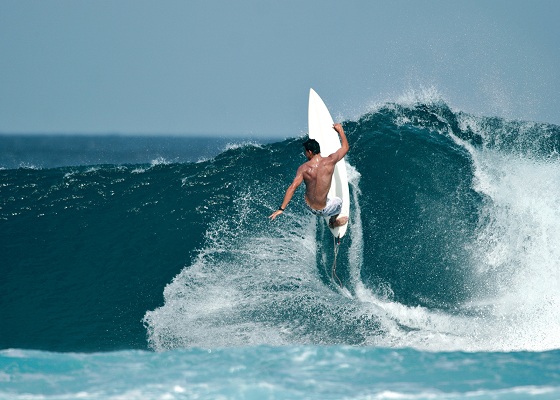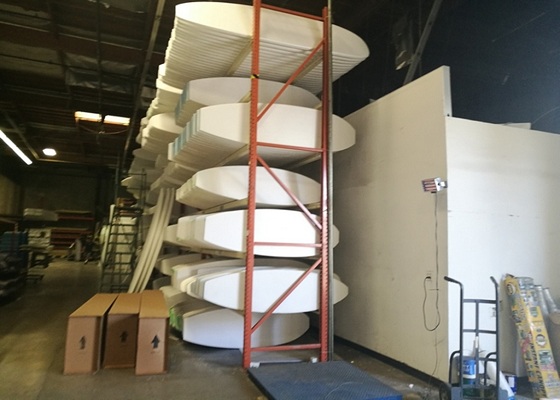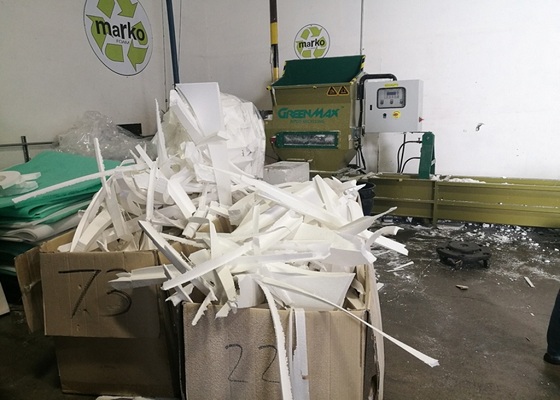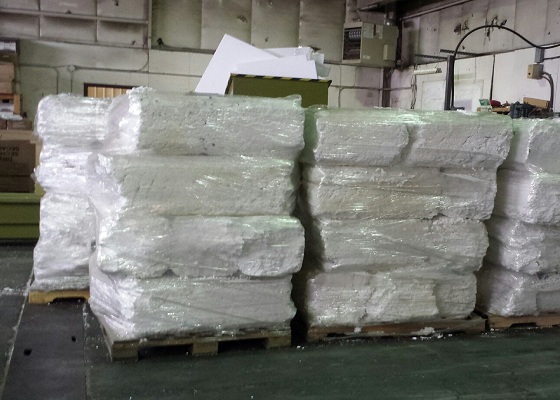Recycling is the ultimate answer to the disposal of abandoned surfboard
Modern surfing began to flourish in the early 20th century and was welcomed in the 1950s and 1960s (mainly in Hawaii, Australia and California). Surfers believe that surfing can make them feel young, wild and free. Surfing is fun, but discarding surfboards into the ocean is not that interesting.

The basic structure of a surfboard is a blank and an outer casing. The blank is the core, which provides buoyancy. The common blank is made of polystyrene, also known as EPS.
EPS is a recyclable plastic. After being recycled, the discarded surfboards can be made into photo frames, benches, baseboards and other products. But surfboards that have been abandoned into the ocean will be broken down into tiny EPS particles by seawater, swallowed by fish, and finally passed into the human body through the food chain, which can be a bad thing.

Therefore, recycling is the ultimate answer to the disposal of abandoned surfboards. American surfboard manufacturers have chosen this correct answer. The surfboard manufacturing process generates a large amount of EPS waste, recycling can help manufacturers properly dispose of these wastes.
The manufacturer purchased the EPS compactor A-C200 from recycling company INTCO Recycling. This is a professional EPS recycling machine with screw that can squeeze the air content of the EPS by cold pressing and finally produce a block made of recycled EPS.

This EPS block can be sold to the end market, and INTCO Recycling is also committed to repurchasing, which is completely convertible into profit, and the EPS block is also easy to transport and store.

People need surfboards to surf, but the ocean doesn't need it. The recycling machine is the best place to abandon the surfboard.
